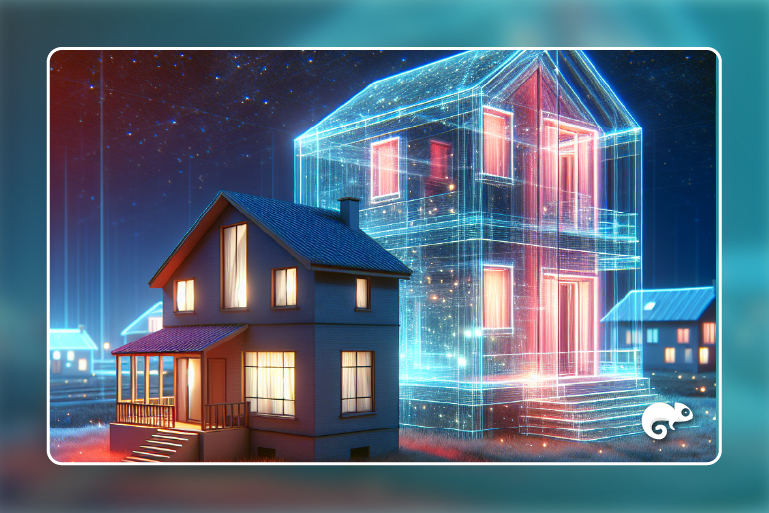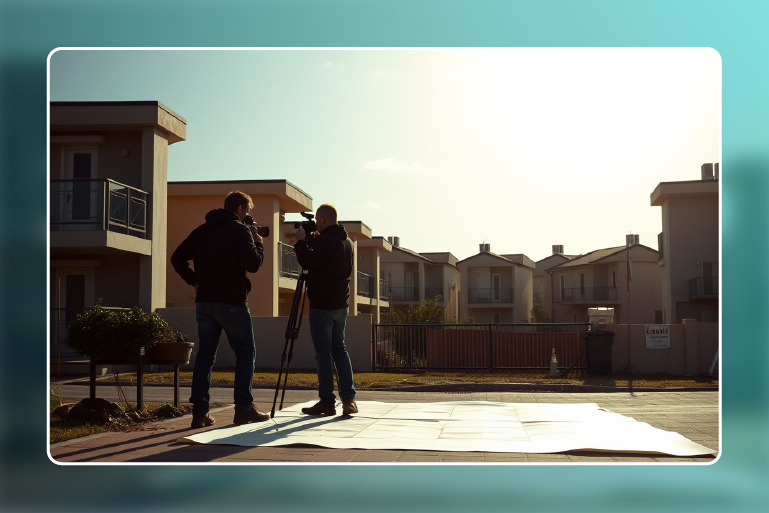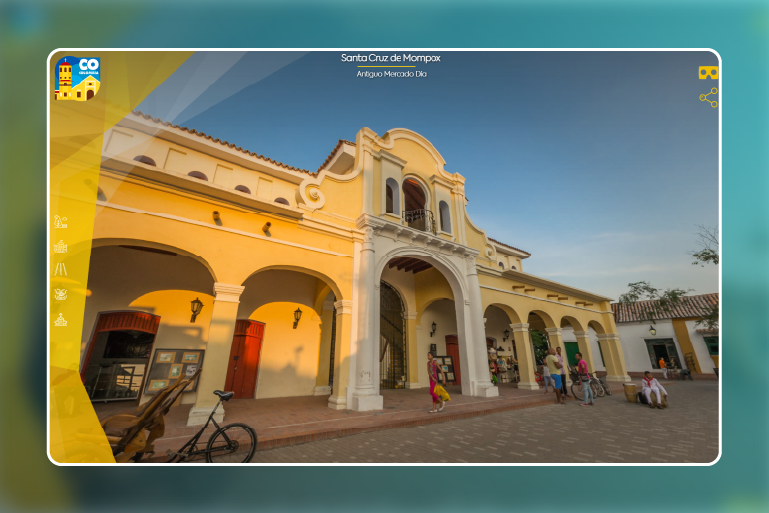Imagine having a precise digital replica of a hotel, a condominium, or a hospital—not just replicating its appearance but also its real-time behavior.
This is the power of digital twins: dynamic representations of the physical world capable of monitoring, analyzing, and optimizing real-world systems through a fully synchronized virtual model.
Far from being just a visual tool, digital twins have revolutionized industries such as manufacturing, construction, and healthcare. Their ability to provide data-driven simulations and analyses enables decision-making with unprecedented accuracy.
In this article, we’ll explore what digital twins are, how they work and relate to virtual tour technology, and how their applications are transforming the way we understand and optimize our environment—taking the interaction between the physical and digital worlds to new heights.
What Are Digital Twins?

A digital twin is a virtual replica of a physical object, process, or system that integrates real-time data to simulate and analyze its behavior. This technology allows experimentation with its digital counterpart to optimize the performance of the real-world object.
The concept of digital twins combines advanced technologies such as the Internet of Things (IoT), Artificial Intelligence (AI), Machine Learning, and data analytics. These elements work together to collect information from the physical world, interpret it within a virtual model, and generate simulations that predict performance under various scenarios.
Although the foundations of the digital twin were first mentioned in 1991 in David Gelernter’s book Mirror Worlds, it was in 2002 that Michael Grieves, from the Florida Institute of Technology, formalized its application in product lifecycle management (PLM). Later, in 2010, NASA utilized this technology to simulate capsules and spacecraft, marking a milestone in its development and applicability.
Thanks to their ability to predict and optimize outcomes, digital twins have gained prominence during the Fourth Industrial Revolution, becoming key tools for analyzing complex processes and creating hypothetical scenarios.
How Do Digital Twins Work?
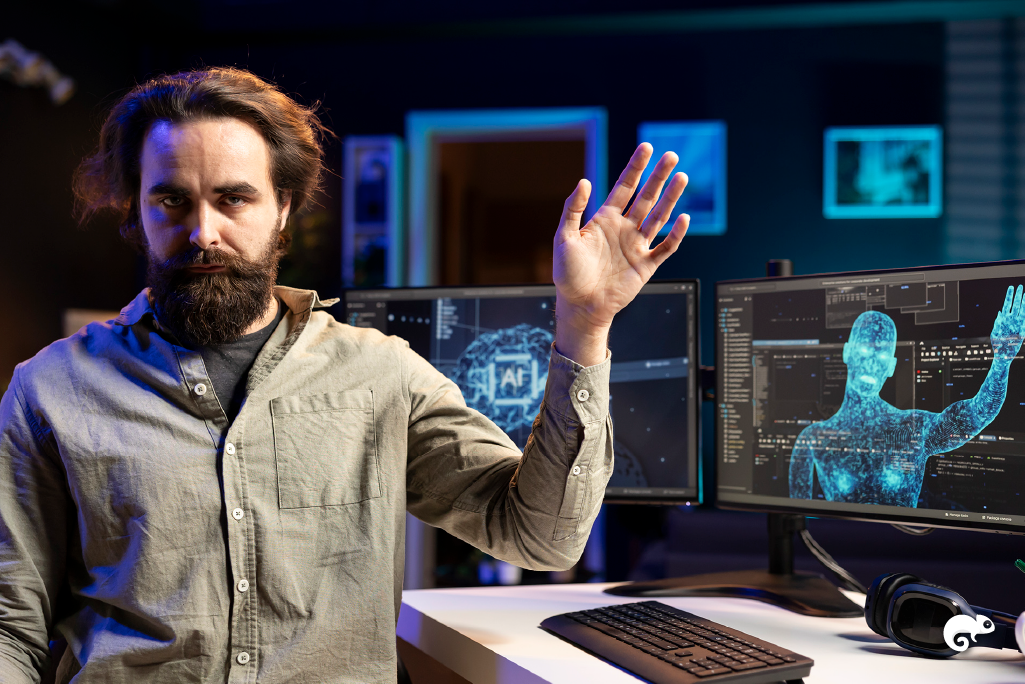
The functioning of digital twins relies on creating a virtual model synchronized with its physical counterpart through a constant data connection. This process involves three main components:
- The physical object: This can be a machine, infrastructure, or any tangible system to be modeled. The object is equipped with sensors that collect real-time data, such as temperature, speed, pressure, or other relevant variables.
- The digital model: This is the virtual representation of the physical object. Real-time data is integrated to replicate its current state, behavior, and potential changes. The model not only reflects the object but also simulates different scenarios to predict how it would respond to variations or issues.
- The data connection: A communication network ensures that data collected by the physical object’s sensors reaches the digital model. This connection leverages technologies like IoT, artificial intelligence, and data analytics to process information efficiently in real time.
It’s worth noting that digital twins don’t always originate from an already existing physical object. It’s also possible to model an object or system to test and simulate it before physical construction. This is particularly useful in the design stage, where potential failures can be anticipated, processes optimized, and solutions validated without the costs of a physical prototype.
When these components work together, digital twins can monitor performance, identify potential failures before they occur, and even test solutions virtually before implementing them on the physical object. For example, in an industrial plant, a digital twin could detect anomalies in a machine and recommend adjustments to prevent production interruptions.
Thanks to this continuous flow of information, digital twins have become an essential tool for improving efficiency, reducing costs, and increasing sustainability across various industries.
Applications of Digital Twins
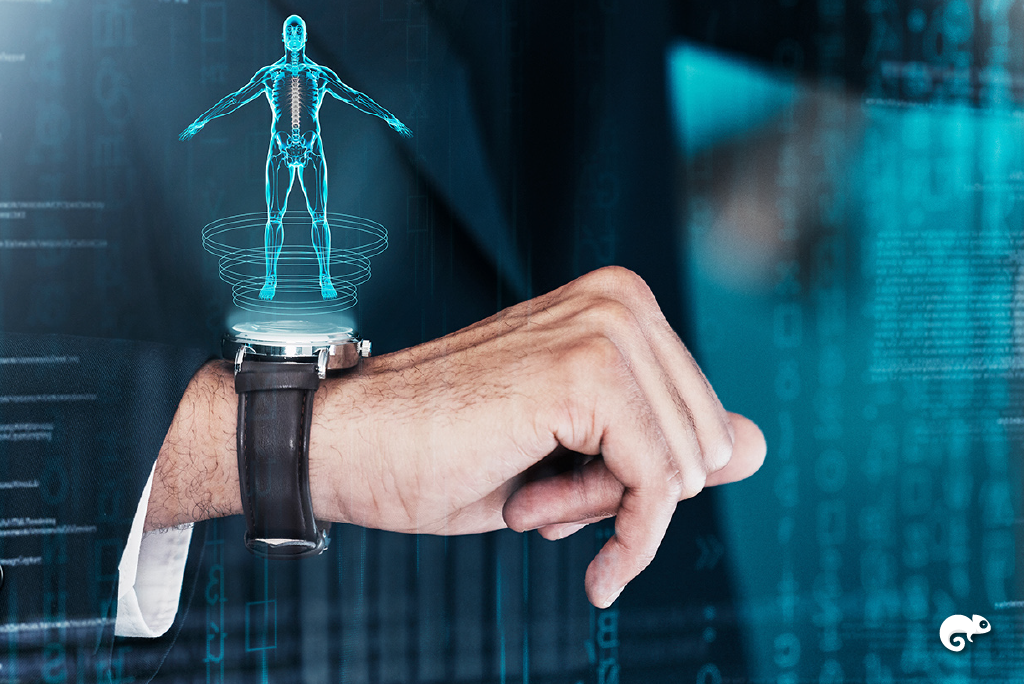
Digital twins are transforming various sectors by providing detailed virtual representations of physical objects or systems. Here are some of the most notable applications:
Energy Sector
Digital twins can simulate efficient energy resource management, predict potential scenarios, and model real-time performance of power plants. This helps optimize processes and reduce operational costs.
Healthcare
In the medical field, digital twins are used to analyze patient records, predict equipment performance, and even plan and mitigate risks during surgical procedures.
Automotive
This technology is essential for improving individual components, entire vehicles, and production lines. Digital twins are integrated at all stages, from design and manufacturing to storage and distribution.
Logistics
In logistics, digital twins enable fleet management simulations, real-time shipment monitoring, and the design of complex logistics systems to maximize efficiency.
Manufacturing
In manufacturing, digital twins streamline production chains by reducing errors and optimizing time. They also minimize costs by predicting potential process failures.
Construction and Architecture
Digital twins are used to preview the behavior of structures before they are built. This allows for anticipating problems, optimizing designs, and ensuring high standards of safety and functionality.
Smart Cities
On an urban scale, digital twins facilitate resource management, analyze the impact of new infrastructure, and improve public services, creating more efficient and sustainable environments.
From Virtual Tours to Digital Twins
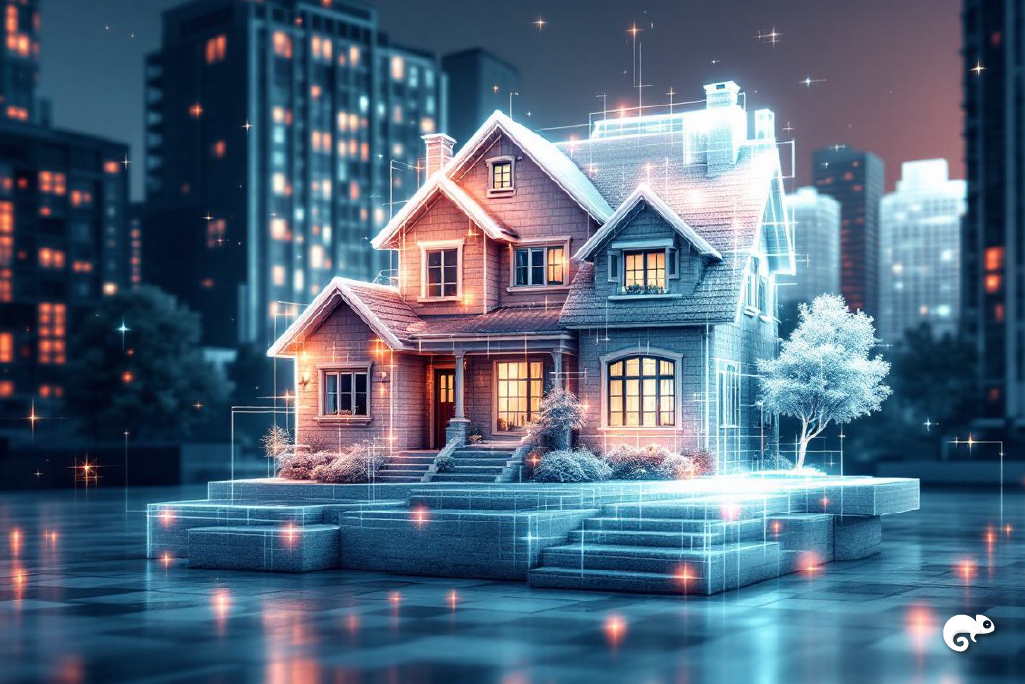
Although virtual tours and digital twins are distinct technologies, they share commonalities that create an interesting relationship between them.
Virtual tours, primarily designed for marketing and sales, offer immersive experiences that allow users to explore physical spaces through interactive digital environments.
However, with certain adaptations, a virtual tour can evolve into an advanced management tool similar to a digital twin. This is achievable by incorporating real-time data, sourced from sensors or IoT devices, into the virtual tour model.
For example:
- Inventory management in a store: A virtual tour of a physical store can be updated in real time to display available products and their exact locations, enhancing both inventory management and the online shopping experience.
- Real estate sales optimization: A virtual tour of a real estate project can include updated information on apartment availability, construction progress, and unit prices, enabling sales teams to make data-driven decisions.
- Visitor flow monitoring in a museum or gallery: A virtual tour of a cultural space can integrate data on visitor traffic and preferences, helping optimize exhibit layouts and manage real-time occupancy.
These transformations highlight how a virtual tour—initially a visual and communication tool—can take on analytical, predictive, and management functions when integrated with technologies inherent to digital twins.
It’s important to note that while virtual tours can serve as a starting point for developing digital twins, the scope and complexity of both technologies differ significantly.
Will You Embrace the Digital Future?
Digital twins unlock a universe of possibilities for transforming how we interact with the physical and virtual worlds. Consider how tools like virtual tours can be the first step toward more efficient and innovative management. What are you waiting for to explore their potential?
